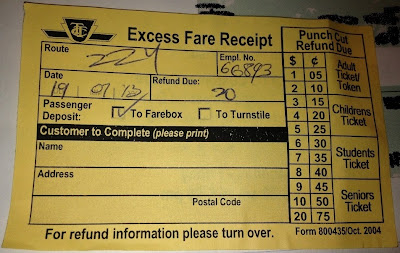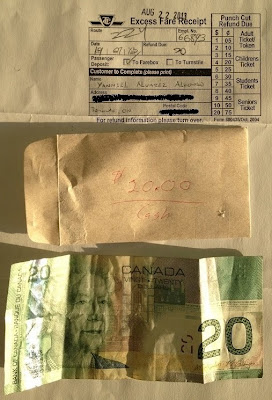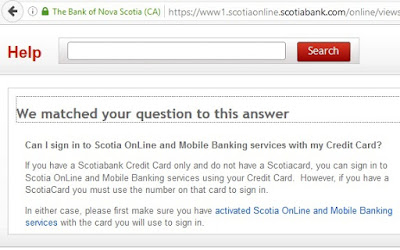The third question of the Sponsorship Evaluation [IMM 5481] form requires the sponsor net personal income for the 12-month period preceding the date of the application.
First, what is net personal income?
Net personal income is the money that you keep after the taxes have been deducted. Let’s say you make $80 000 a year. That’s your gross income.
After paying your taxes you end up with $57000 ( this number is just an example). This is your net income.
This question is tricky because you have to calculate the net income in the last 12 month: from the current month going back one year.
I’ll give you an example: let’s say you want to send your sponsorship application on October 1st, 2013. Let’s also consider that you were paid bi-weekly. The table below lists all the payments (after taxes) made to you by your employer in the last year.
Month Number
|
Month
|
1st Biweekly Payment
|
2nd Biweekly Payment
|
3rd Biweekly Payment
|
1
|
October 2012
|
$2,166.43
|
$2,166.43
|
N/A
|
2
|
November 2012
|
$2,166.43
|
$2,166.43
|
$2,199.26
|
3
|
December 2012
|
$2,199.26
|
$2,485.43
|
N/A
|
4
|
January 2013
|
$2,173.40
|
$2,173.04
|
N/A
|
5
|
February 2013
|
$2,173.04
|
$2,173.04
|
N/A
|
6
|
March 2013
|
$2,173.04
|
$2,173.04
|
N/A
|
7
|
April 2013
|
$2,173.04
|
$2,173.04
|
N/A
|
8
|
May 2013
|
$2,173.04
|
$2,173.04
|
$2,173.04
|
9
|
June 2013
|
$2,173.04
|
$2,173.04
|
N/A
|
10
|
July 2013
|
$2,173.04
|
$2,173.04
|
N/A
|
11
|
August 2013
|
$2,207.52
|
$2,351.59
|
N/A
|
12
|
September 2013
|
$2,376.59
|
$2,376.59
|
N/A
|
Total: $57,457.92
You will have to sum all the individual payments received in the last year. That is your net personal income.
Finally, the answer to question 3 of the Sponsorship Evaluation looks like this.
![Sponsorship Evaluation [IMM 5481] - Net personal income Sponsorship Evaluation [IMM 5481] - Net personal income](https://blogger.googleusercontent.com/img/b/R29vZ2xl/AVvXsEgrd-AoSoW5dKO8ymQERL5aknXL28c7429MldRON1WgmbNhis2SrGYpLxtwGWqeXnfYLFp1_tTKpGV-KUIPw8vf6VtKu1IAgfrjTxJgMSkJfI5dDH9wS4DYVO5zv2HiWWo7YNoyzCi6WllJ/s1600/Sponsorship-Evaluation-IMM-5481-net-personal-income.bmp) |
|
Sponsorship Evaluation [IMM 5481] - Net personal income
|
Note that some people have more than one source of income. Some other people are paid monthly (not bi-weekly). What I am trying to say is that the example above is just that: an example. You will need to adjust things depending on your own situation.
I think this post might give you an idea. If so, please, consider clicking Google+ button at the beginning of this entry.
Related Article:




![Proof Fine Silver Dollar - 100th Anniversary of the Canadian Arctic Expedition - Mintage 40000 (2013) [Front] Proof Fine Silver Dollar - 100th Anniversary of the Canadian Arctic Expedition - Mintage 40000 (2013) [Front]](https://blogger.googleusercontent.com/img/b/R29vZ2xl/AVvXsEghIdXQ5C2bBS2UHJrnF56j0JNSietdvhnrugqbWzCqBZdQK1hG_Anyou2rKcJ8n0Ixaeiwl42YZiSGr_0KM_eS6cMAnH-fq3-2mVFTNfe_JurWjZCQZpXFlAswY782FfcmA6qaIKUDndeI/s320/Proof+Fine+Silver+Dollar+-+100th+Anniversary+of+the+Canadian+Arctic+Expedition+-+Mintage+40000+(2013)+%5BObverse%5D.jpg)
![Proof Fine Silver Dollar - 100th Anniversary of the Canadian Arctic Expedition - Mintage 40000 (2013) [Back] Proof Fine Silver Dollar - 100th Anniversary of the Canadian Arctic Expedition - Mintage 40000 (2013) [Back]](https://blogger.googleusercontent.com/img/b/R29vZ2xl/AVvXsEh4cgsx7UXNPIZzhFJ3GHpDsRF3HiBE_BtUaDL9KTzRW-ULSD7p-RoL6GBIlv-uviHRrMnVrFGTcAaQqFG5njQYsN__m9l6tB3N5Z9j9FUHILzFIfuY2TQqkKGFEoy5NWyAuhsGpwd9U9g7/s320/Proof+Fine+Silver+Dollar+-+100th+Anniversary+of+the+Canadian+Arctic+Expedition+-+Mintage+40000+(2013)+%5BReverse%5D.JPG)



![14k Gold Coin - 100th Anniversary of the Canadian Arctic Expedition - Mintage 2500 (2013) [Front] 14k Gold Coin - 100th Anniversary of the Canadian Arctic Expedition - Mintage 2500 (2013) [Front]](https://blogger.googleusercontent.com/img/b/R29vZ2xl/AVvXsEhtFlrbl_qRX6a4aYWm1EYGj7zaMwqJf4YYaVi_yEvQ8EtBckmtQnWMUvdFjnGu0Ndw09PZcNqCxNgUvAV7vG4xxop9I6gE4hqkqtRuGMwE6T1GEbzXvDezlmhkNPTsR0z5lMKnm-9SpRCi/s320/14k+Gold+Coin+-+100th+Anniversary+of+the+Canadian+Arctic+Expedition+-+Mintage+2500+(2013).JPG)
![14k Gold Coin - 100th Anniversary of the Canadian Arctic Expedition - Mintage 2500 (2013) [Back] 14k Gold Coin - 100th Anniversary of the Canadian Arctic Expedition - Mintage 2500 (2013) [Back]](https://blogger.googleusercontent.com/img/b/R29vZ2xl/AVvXsEgKieH6Xyl-wViuhaZxismqbCSJXfdi9G5yw6nfkgF8IOGAh4MzYnM_hyphenhyphenhV75t0TKmt6bJA4_OrbxrWsCk3kOgGmINgR4pi8dFSa5tn9FEC-OG8mTGQ4tG3tR33HLjFfBYEYe9h1aqikpJ-/s320/14k+Gold+Coin+-+100th+Anniversary+of+the+Canadian+Arctic+Expedition+-+Mintage+2500+(2013)+%5BObverse%5D.JPG)